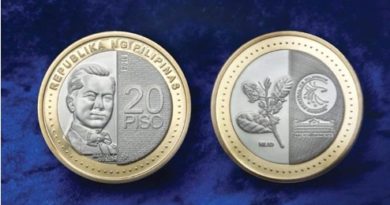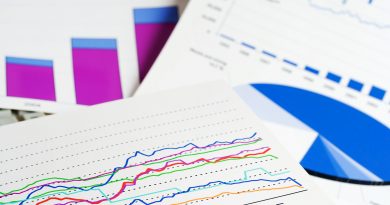Forex Trading Mistake # 3: Moving Your Stops to a Worse Position
Imagine you are in the trade, you placed your stops, the market moves against you and you are about to get stopped out. What do you do? Unless you aren’t human, you will do what most people do, move your stops away from the price, so that your trade lasts a little longer and hope that the trade will eventually go your way.
This is what we call the “folly of human hope” and we as traders are not immune to this temptation, nor will a majority of you reading this right now. As human beings we were designed to hope for the best when the going gets tough, the problem is, in the forex market, hope is usually punished without mercy if you let it get out of hand.
Remember that the reason why we have stops in the first place is for it to be “hit” when the market decides to go against us, 9 out of 10 times, moving your stops to a worse position will simply aggravate the situation and result in a much higher loss than when you first entered the trade.
Let’s go back to the example a while ago when you bought something at the price of 10, you place your stop at 9 and the price starts to drop to 9.8, then 9.5, then 9.1 you tell yourself, I bought it at 10, I want to make a profit by selling it at 12 but in about 10 cents, I will sell this at 9 with a loss. Gee, let’s remove my stop price from 9 and set it to 5, yeah, that should give me more time to wait for the price to head back up. So that is what you do and the price goes to 9, then to 8.8, then accelerates to 6, then goes to 5 and you sell at 5, your “revised” stop level now results in a 50% loss, 40% more than if you had not moved your stop order at all.
Let us share another story of another student of mine to show the “folly of human hope” by moving your stops to a worse position. It was year 2003 and our member back then was trading with a small $300 trading account (he was just a novice back then).
In one profitable night of trading, he was able to add $95 for a total of $395 in his trading account. Not bad at all. He should have just enjoyed the gains and stopped trading right then and there but decided to trade again to level off his account balance to $400 or $5 more from $395. So he places another trade with his stop order in place. Within 5 minutes, the trade was already producing $10 of profit, he had met his $5 objective and more so, but instead of cashing out, he decides to stay with it and see how much farther it will go.
But in the seconds that follow and without warning, the market turns around and is now moving down, our member could remember seeing the profit go down from $10, to $5, to -$5 and still plunging.
So without hesitation, he made mistake #3, he moved his stop order to a worse position. He was only supposed to lose $20 on that trade, but because of his rookie mistake, the one single trade ended up losing him -$345. That’s right, he ended the night with $50 when it should have been $395. It was a very tough experience for him which he remembers to this day.
So, if you place a stop (which you must know how to calculate properly by the way), treat it as set in stone and if you will move it, it should only move in one direction, a better position.
Mark So is a fervent businessman, forex trader and educator. He is the Chairman and CEO of Businessmaker Academy—a business, finance and corporate training center. He is also the Founder and Chief Forex Trainer of Forex Club Manila and Forex Club Asia. A sought after speaker for business and forex, he is inviting you to attend his 2 hour orientation on Forex Trading for FREE. To register for this please go to www.forexclubmanila.com/forexorient or call (632)6874645. You may email your comments and questions to: markso@forexclubmanila.com





To start buying and selling in the Forex market you will have to open an account with a broker. There are a big, even overwhelming, selection of brokers available on the internet. To pick the fitting broker your self you need to be ready to spend a while doing some research. This will likely help you keep in mind the other products and services available from various agents as well as their charges and fee structures.”-